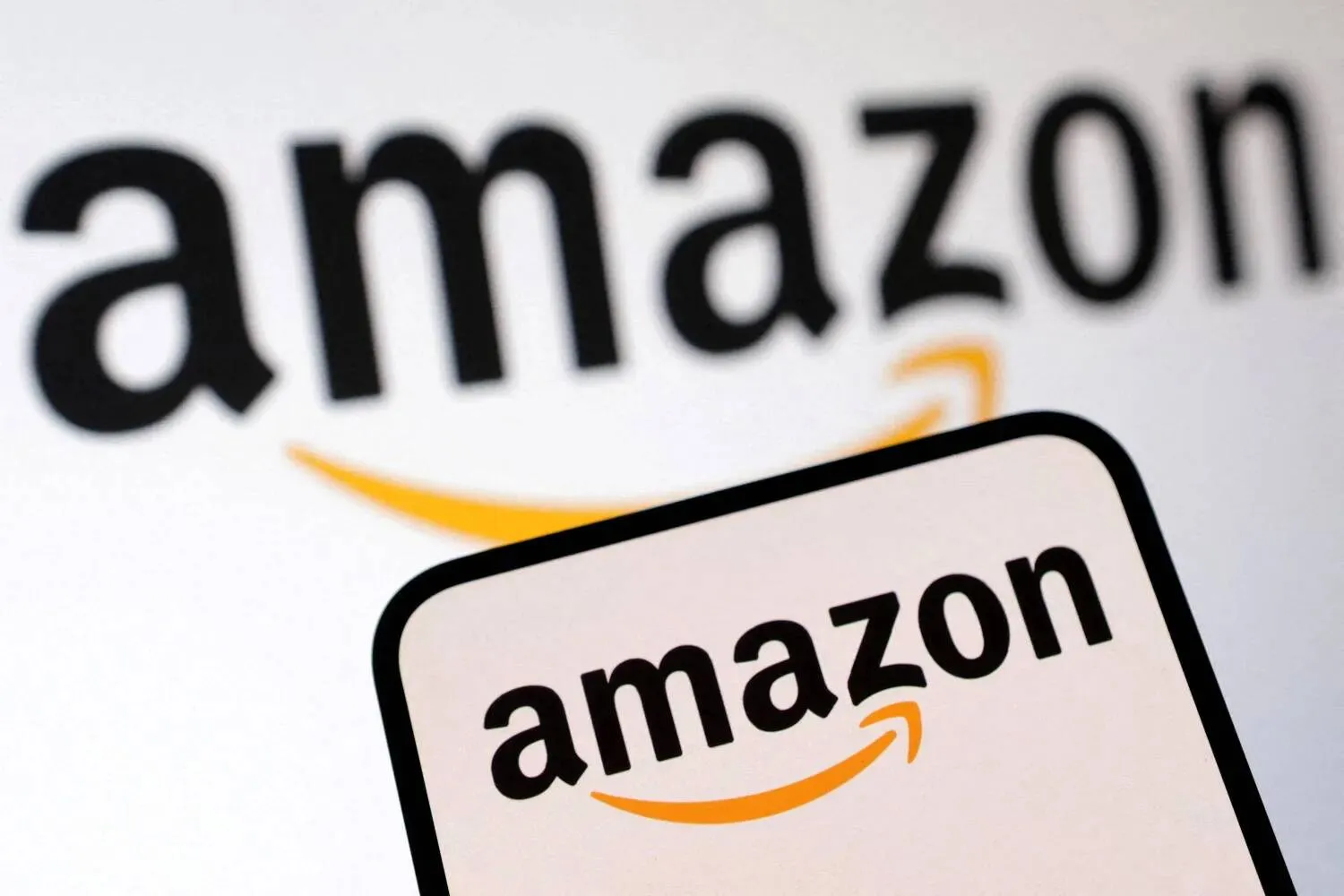Intuitive Surgical on Thursday beat estimates for second-quarter profit and revenue on growing demand for its surgical robots used in minimally invasive procedures, sending its shares up 6.7% after the bell.
Investor expectations around medical device makers have grown lately on hopes of elevated demand for surgical procedures as people, especially older adults, opt for medical procedures deferred during the pandemic, Reuters said.
On an adjusted basis, Intuitive earned $1.78 per share for the quarter ended June 30, beating analysts' estimates of $1.54 per share, according to LSEG data.
The company reported quarterly revenue of $2.01 billion, compared with analysts' estimates of $1.97 billion.
The rise in revenue was driven in part by growth in the procedure volume from the company's surgical robots called da Vinci. Worldwide da Vinci procedure volumes rose about 17%, from a year ago, the company said.
Industry bellwether Johnson & Johnson on Wednesday posted a 2.2% rise in second quarter sales at its medical technology business, but fell short of analysts' estimates.
Larger peer Abbott Laboratories also raised its annual profit forecast, helped by double-digit growth in sales of its glucose monitors and strong demand for heart devices.
Intuitive Surgical Results Beat on Growing Demand for Surgical Robots

Representation photo: Employees work at the office of humanoid robots developer Ex-Robots in Dalian, Liaoning province, China June 6, 2024. REUTERS/Florence Lo

Intuitive Surgical Results Beat on Growing Demand for Surgical Robots

Representation photo: Employees work at the office of humanoid robots developer Ex-Robots in Dalian, Liaoning province, China June 6, 2024. REUTERS/Florence Lo
لم تشترك بعد
انشئ حساباً خاصاً بك لتحصل على أخبار مخصصة لك ولتتمتع بخاصية حفظ المقالات وتتلقى نشراتنا البريدية المتنوعة







